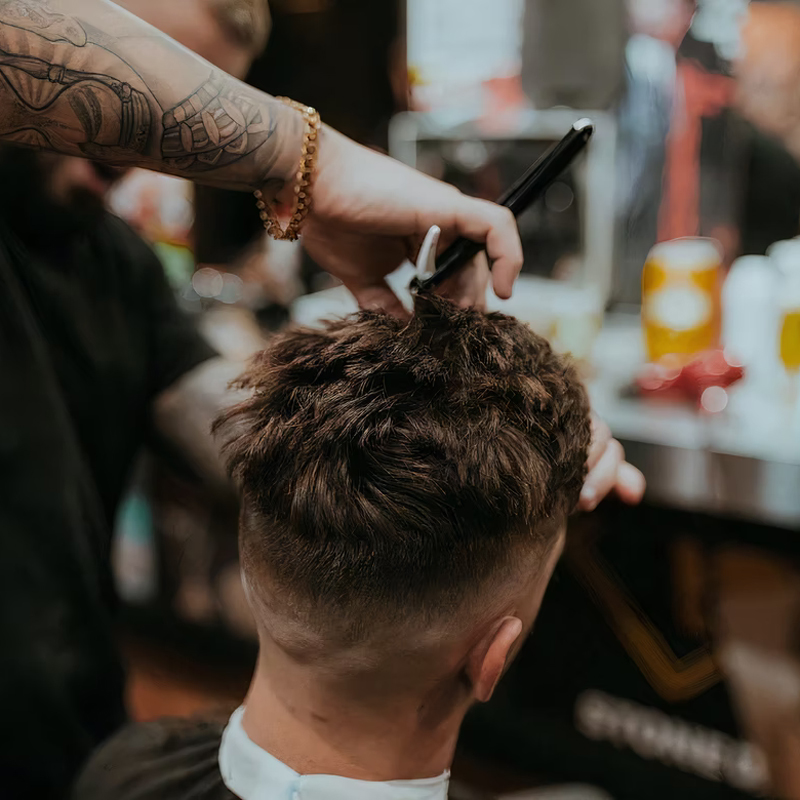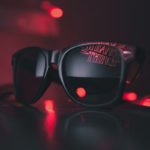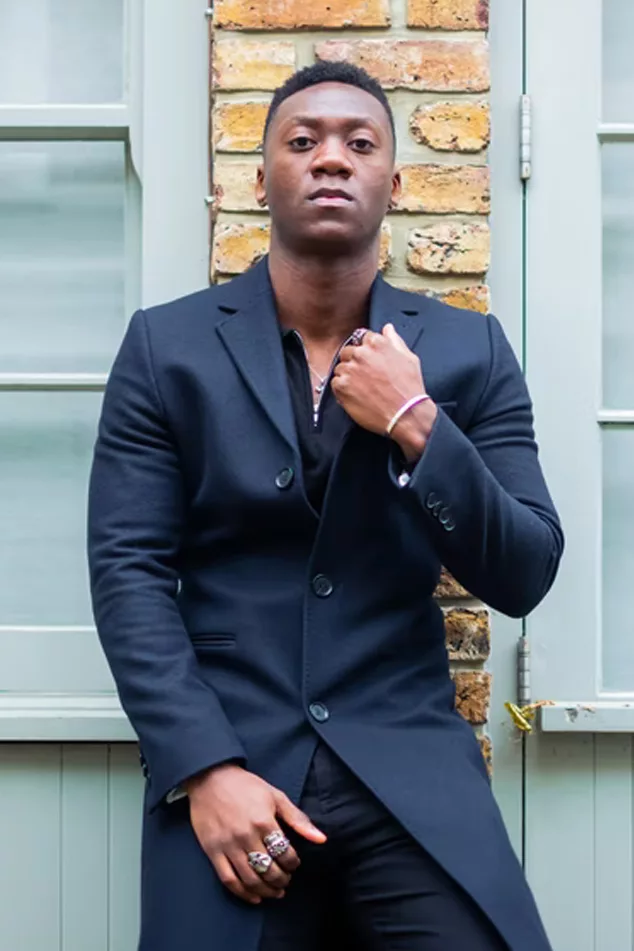Line-up, edge-up, shape-up, whatever you refer to it as is super clean finish to shorter styles. The cut is more popular amongst African and African American hair types. It uses a symmetrical, almost geometric finish using a sharp razor or short clippers to shape and define the hairline.
Line-ups are often thrown in as part of a haircut, but you may get clients coming in and requesting them separately. As a quick touch up, it’s a great way to keep your hair looking fresh, without the need for a full cut. Beards are also a prime target for a line up and look super cool when they’re done.
Equipment
To start with, you’re going to need a cutthroat razor and or some short, sharp clippers, some medium hold spray and a keep eye for perfection.
Hairstyles
With longer hair, line-ups won’t work. The hair needs, as a minimum, short back and sides. Leaving some length on top means lining up just the sides. This will work well with crew-cuts, quiffs and Caesar cuts.
The most common hair cuts to use line-ups though, are buzz cuts. The shortness allows the line-up to work right across the top of the forehead, down the temples and round the back of the ears.
Technique
Where you start is down to personal preference. It’s best if you consider the head in 3 sections, the forehead, temples and the back. Take on one section at a time. With the temples being either side, they may be the best place to start.
Working angles into the panels of hair on the temple, the most popular look is a 90° angle. Straight down from the forehead, then cutting back to the ears. Sharp and square. This line-up should be symmetrical, so work slowly on each side of the head.
Once the temples are all matched up and in shape, you can get to work on the forehead. Brush the hair down flat at the front and use a little medium hold spray as required.
Starting in the centre, work either left or right with your razor or clippers, until you reach the temple. Then, back to the centre, work out to the other side, a little at a time, ensuring you’re keeping the line level and symmetrical.
For the back, the go to is a rounded finish, although dependent on the hairline you could square it off. This will be down to your client’s preference for their cut. Again, slow and steady wins the race, and just a little at a time, keeping the look symmetrical.
We’re always interested to hear from any budding barbers or barbers looking to further their career. If you think you have what it takes, you can get in contact here, and send us your CV.
If you’d like to make an appointment, you can follow this link.
Thanks for reading, and as always, #KeepItHandsome
Line-up, edge-up, shape-up, whatever you refer to it as is super clean finish to shorter styles. The cut is more popular amongst African and African American hair types. It uses a symmetrical, almost geometric finish using a sharp razor or short clippers to shape and define the hairline.
Line-ups are often thrown in as part of a haircut, but you may get clients coming in and requesting them separately. As a quick touch up, it’s a great way to keep your hair looking fresh, without the need for a full cut. Beards are also a prime target for a line up and look super cool when they’re done.
Equipment
To start with, you’re going to need a cutthroat razor and or some short, sharp clippers, some medium hold spray and a keep eye for perfection.
Hairstyles
With longer hair, line-ups won’t work. The hair needs, as a minimum, short back and sides. Leaving some length on top means lining up just the sides. This will work well with crew-cuts, quiffs and Caesar cuts.
The most common hair cuts to use line-ups though, are buzz cuts. The shortness allows the line-up to work right across the top of the forehead, down the temples and round the back of the ears.
Technique
Where you start is down to personal preference. It’s best if you consider the head in 3 sections, the forehead, temples and the back. Take on one section at a time. With the temples being either side, they may be the best place to start.
Working angles into the panels of hair on the temple, the most popular look is a 90° angle. Straight down from the forehead, then cutting back to the ears. Sharp and square. This line-up should be symmetrical, so work slowly on each side of the head.
Once the temples are all matched up and in shape, you can get to work on the forehead. Brush the hair down flat at the front and use a little medium hold spray as required.
Starting in the centre, work either left or right with your razor or clippers, until you reach the temple. Then, back to the centre, work out to the other side, a little at a time, ensuring you’re keeping the line level and symmetrical.
For the back, the go to is a rounded finish, although dependent on the hairline you could square it off. This will be down to your client’s preference for their cut. Again, slow and steady wins the race, and just a little at a time, keeping the look symmetrical.
We’re always interested to hear from any budding barbers or barbers looking to further their career. If you think you have what it takes, you can get in contact here, and send us your CV.
If you’d like to make an appointment, you can follow this link.
Thanks for reading, and as always, #KeepItHandsome






